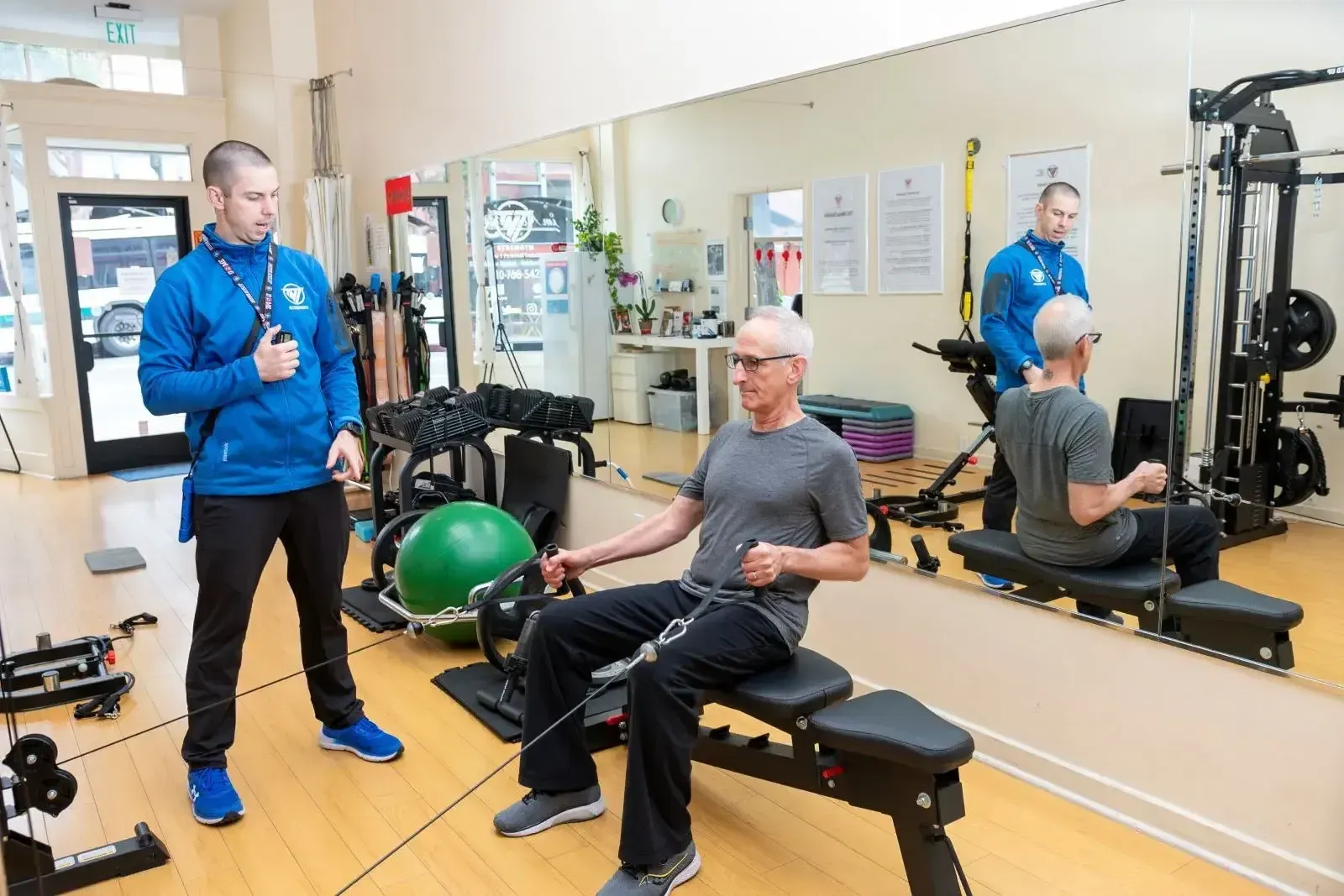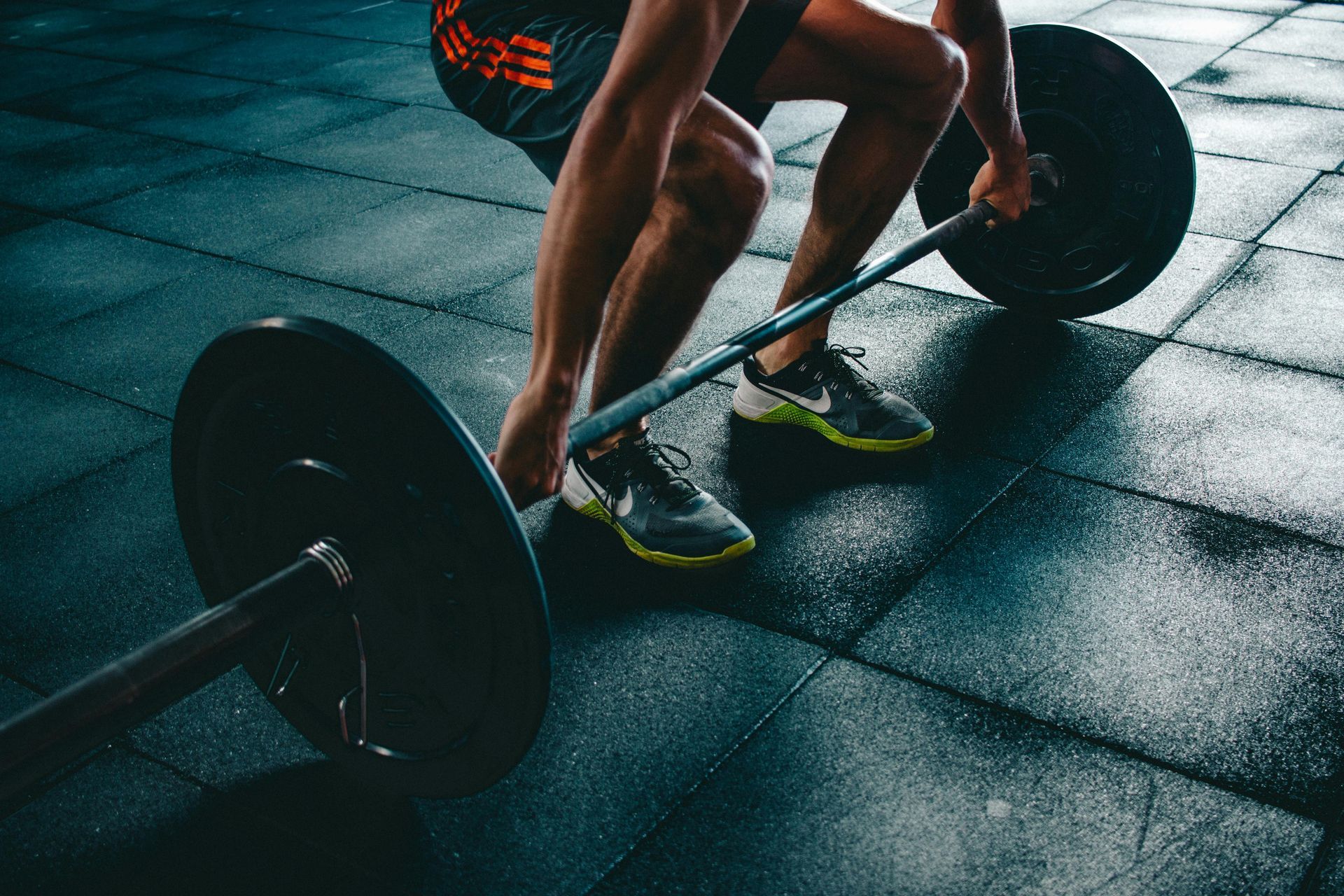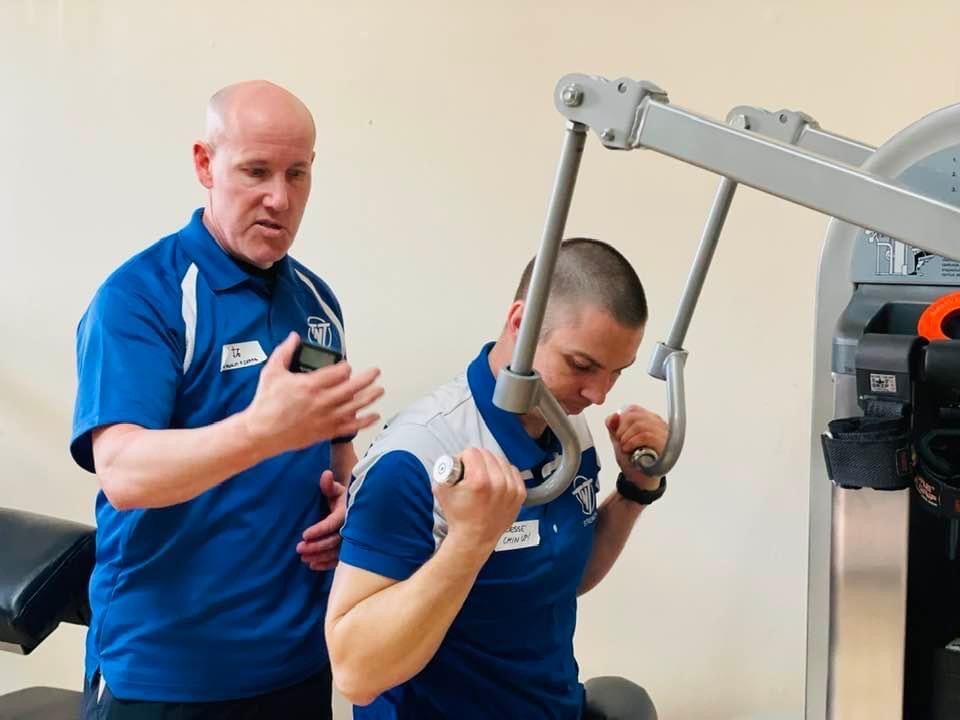Turning Lead Into Gold During Covid
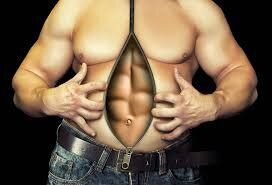
By TAKU
Today I am following up on Jesse’s post titled Weight What?.
There are still a lot of people out there in the world who don’t really understand the difference between body fat and muscle. People often seem to think that muscle can turn into fat through lack of activity, or the reverse may be true: if they work hard they may turn the fat they have into precious muscle.

The fact of the matter is, body fat and muscle are two completely different things like lead and gold. For years, alchemists tried to find a way to turn lead into gold, unfortunately they never succeeded. The same is true for body fat and muscle. Good or bad, one will never turn into the other.
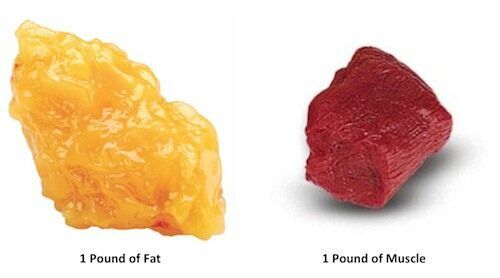
If you visit here often, or listen to our podcast, then you should already have a pretty good idea about how best to stimulate muscle growth. Just in case you are a newbie, check out my blog post titled THINK EFFORT for some great information on safe, efficient, effective strength training.
The question remains, how does body fat leave the body?
Actually, your fat cells stay right where they are. It’s best to think of your fat cells as a full-body suit covered in balloons. These balloons can inflate and deflate. They inflate when you eat too many empty calories and then the excess gets stored inside the balloons as free fatty acids (FFAs) a.k.a. body fat. The balloons can also deflate when you don’t have enough immediate calories available and the stored energy (in the form of FFAs) get released.

What is happening is the contents of the balloons (fat cells) are released, in the form of free fatty acids (FFAs). These FFAs are then converted and used for energy by your body. The energy that goes into the biological system known as “the body” is measured in calories that are derived from macro-nutrients that make up food. This “chemical” energy derived from food is then utilized to be transferred into other required forms of energy to accomplish physiological processes in the body, as well as produce body movement (mechanical energy) and give off “heat energy” as a by-product etc.
In other words, the energy that “goes out” from the body consists of calories that are expended due to 1) human metabolism (a sum of all of the chemical reactions that take place in the body) and 2) physical activity or human movement.
The byproducts of fat metabolism leave your body via two main pathways:
A. As water, through your skin (when you sweat) and your kidneys (when you urinate).
B. As carbon dioxide, through your lungs (when you breathe out)
If you are worried that you can’t do any classic “cardio” exercise because you feel like you are trapped inside at the moment, remember, you don't have to jog for 30-45 minutes or keep the heart rate in the “aerobic zone” to ultimately burn body fat. Shorter, higher intensity lactate threshold work (these days commonly referred to as H.I.I.T .) actually gets you more bang for the buck, since it burns a lot of calories. Also, post-exercise fatty acid mobilization from the adipose (fat) tissue is accelerated after demanding, High-Intensity work, up to 38-hours post-exercise.

Mountain-Climbers
The bottom line: if the total number of calories consumed is less than the number used to support basal metabolism, thermo-genesis and activity energy demands, weight LOSS will occur. Likewise, weight gain will occur if calories consumed exceeds energy demands.
Remember to think of your fat cells as balloons that inflate and deflate. Inflating when you eat too many calories and then the excess gets stored. Deflating when you don’t have enough immediate calories available and the stored energy (in the form of FFAs) get released.
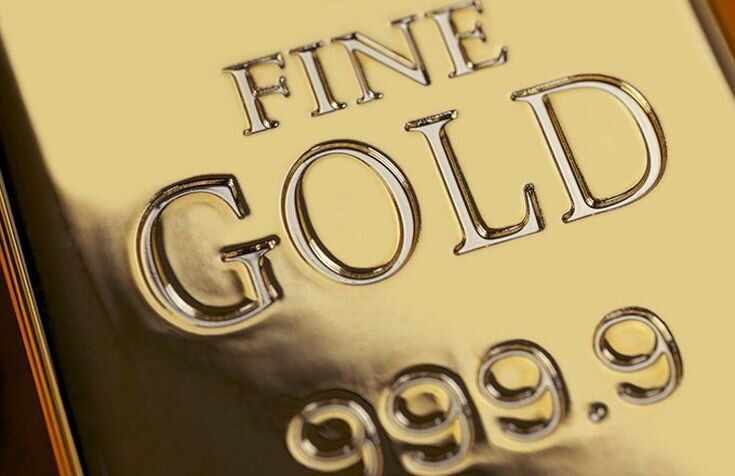
Those who have really been paying attention should know by now that the real beauty is, when done properly, high intensity strength training will satisfy all of your training needs in one!
So if you are attempting to get rid of some lead and increase your gold (lose body fat, and gain muscle), A) strength train regularly (to keep metabolically expensive muscle), B) To help create a calorie deficit, eat fewer total calories spread out over your chosen eating window (I eat 3 to 4 feedings during an 8-hour window each day), and C) be disciplined not to eat if feeling hungry between feedings (indicates you’re tapping fat storage sites).
Stay strong, stay healthy, stay safe!!!
TAKU's NOTE: The above info is a super simplified example of what’s going on inside of the incredible machine that is our body.
Experience the TNT Strength difference with a free workout.
START YOUR FITNESS TRANSFORMATION WITH A
FREE WORKOUT
Complete the form and we'll set up an appointment for you.

